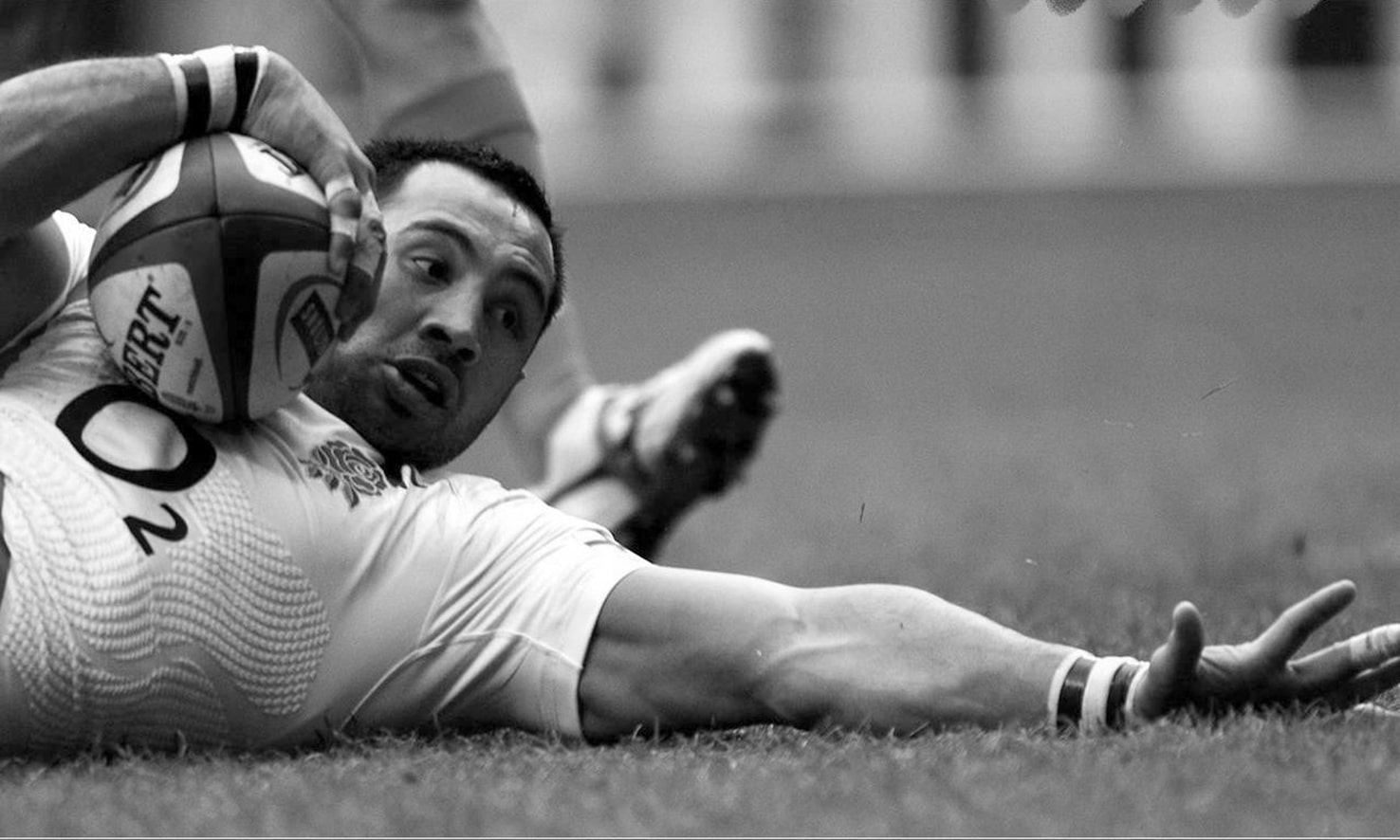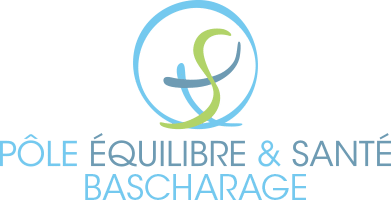Osteopathy for athletes

Practising sport is good for your health, not least because it relieves stress, but for occasional sportsmen and women, or when the activity is practised unsupervised, it can cause micro-trauma by overloading the structures of the human body and can even lead to injury (contractures, sprains, muscle tears, local inflammation or chronic pain, etc.).
For professional sportsmen and women, the practice of sport is intensive and recovery time is not always respected, the body enters a cycle of overwork. The athlete will then, despite sustained training, stagnate in increasing his performance, or even regress and injure himself. It’s called overtraining syndrome, and the first signs generally appear after eight hours of intensive sporting activity a week. The result is psychological stress, sleep disruption and a never-ending cycle.
Consulted by many top athletes, osteopaths not only relieve pain by restoring mobility to the whole body, but also prevent the onset of many ailments by carrying out regular check-ups (at least once in preparation for the season and once between seasons).
Osteopathy also enables athletes to improve their performance by increasing their power and respiratory capacity (thoracic diaphragm, ribcage and lungs), as well as working on joint and muscular flexibility, which helps them gain in ease and amplitude. Any restriction or loss of mobility of muscles, ligaments and joints can lead to a deterioration in the athlete’s performance and state of health, resulting in contractures, sprains, tears, local inflammation and chronic pain. It also promotes better recovery after exercise by working on breath, respiratory capacity and muscular relaxation, as well as eliminating the “waste” produced during effort. As a result, the athlete develops in the best possible physical and mental conditions, while reducing fatigue and the associated risk of injury.
“Athletes are special patients. The therapeutic approach must therefore be adapted to each individual’s sport and intensity.”
As the saying goes, “prevention is better than cure”. Osteopathy is therefore recommended at the start of a sporting activity to ensure that the activity does not cause excessive stress or strain on the body. It prepares the body for the types of exercise required. Similarly, during the mid-season break, your osteopath can assess and treat any dysfunctions that may have developed during the start of the championship.
Here is a list of signs that may lead athletes to consult an osteopath:
- Prevention: annual check-up, competition preparation, before starting an activity, performance improvement…
- Back pain, scoliosis, joint pain…
- History of fractures, sprains, surgery…
- Sprains, tendonitis (tennis or golf elbow, Achilles tendon)…
- Muscle pain: contractures, strains, elongations, ruptures and disinsertions…
- Pubalgia and adductor pathologies (soccer)…
- Wearing orthopedic insoles
- Shortness of breath on exertion, difficult recovery (between and after events)…
- Dislocations and periarthritis
- Post-operation, post-trauma…
Osteopathy is for all athletes: amateurs as well as top-level athletes. Consulting after a major ordeal or injury can be very useful in the long term.

